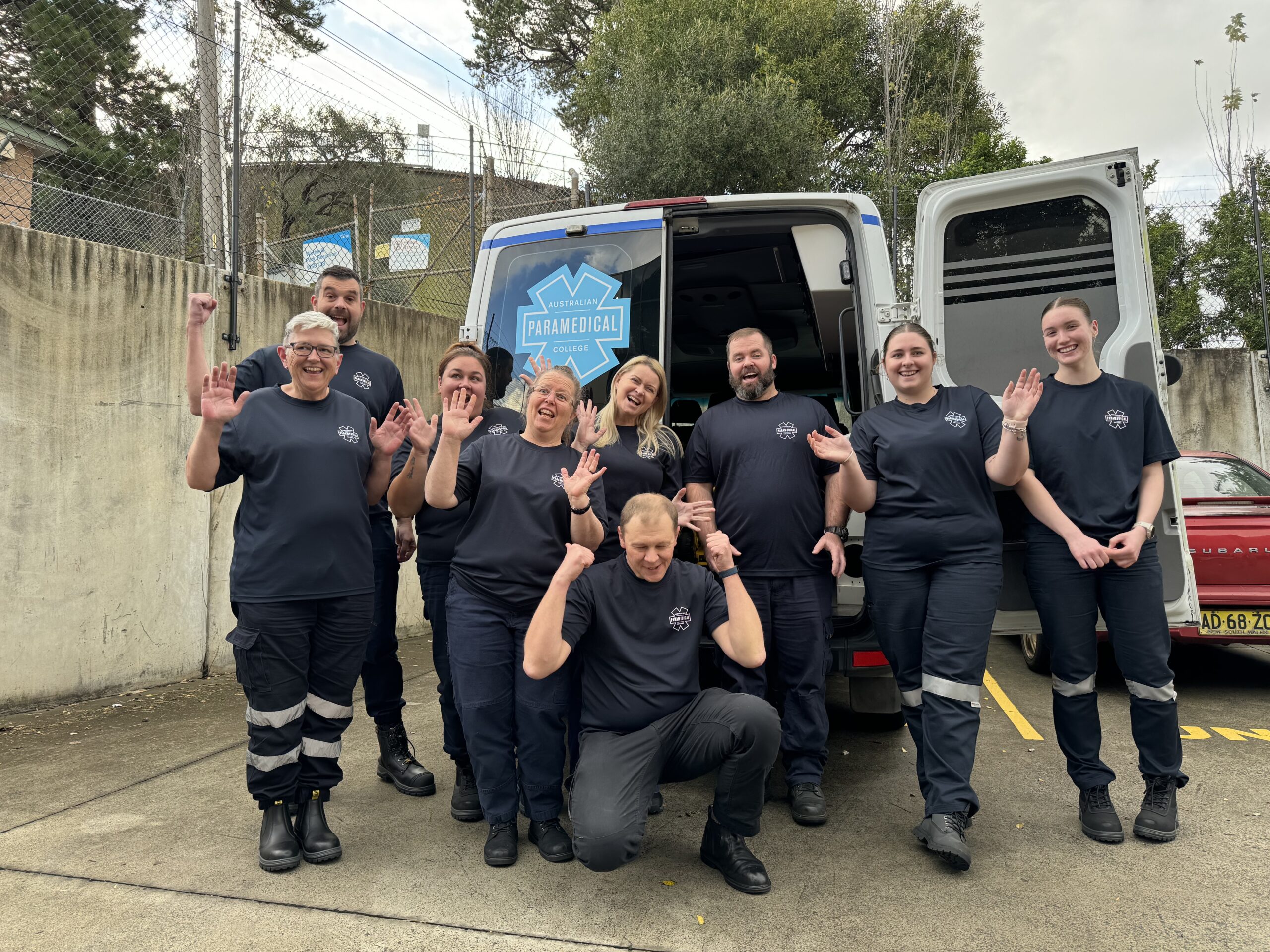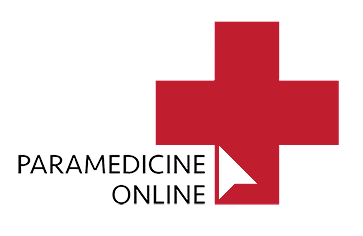
How to Become a Patient Transport Officer (PTO)
Becoming a Patient Transport Officer (PTO)
Updated 14th November 2025
Patient Transport Officers are the backbone of the Non-Emergency Patient Transport (NEPT) sector in Australia. They ensure patients get to and from medical facilities safely, comfortably, and with the kind of reassurance that makes a stressful day a little easier. If you enjoy helping people, love being on the road, and want a frontline role in health without needing a university degree, this pathway is a smart move.
What Is a Patient Transport Officer (PTO)?
A Patient Transport Officer provides safe, non-emergency transport for patients who need support travelling between hospitals, clinics, imaging centres, specialists, aged-care facilities, and home. Their role sits at the intersection of healthcare and customer service.
They also look after the vehicle, equipment, and overall patient experience. A big part of the job is helping people feel calm, respected, and cared for – especially patients who may be anxious, in discomfort, or unfamiliar with clinical environments.
PTOs work for private NEPT providers, state health services, aged care organisations, hospitals, and specialist transport companies.
What a PTO Actually Does Day-to-Day
The role is varied, active, and people-focused. Typical duties include:
Patient care & assistance
- Helping patients move safely using stretchers, wheelchairs, slide sheets, or mobility aids
- Assisting with admissions and discharges, including physical support
- Monitoring patient comfort during transport
Driving & logistics
- Operating ambulances, vans, or NEPT vehicles (manual or automatic)
- Planning safe and efficient transport routes
- Loading and securing equipment
Vehicle & equipment upkeep
- Completing vehicle safety checks
- Cleaning, restocking, and maintaining equipment
- Ensuring the vehicle always reflects a high standard of care
Communication & reporting
- Keeping clear patient care records
- Liaising with nurses, allied health staff, hospital coordinators, and dispatch teams
- Maintaining professionalism and empathy in every interaction
This is a role where reliability, attention to detail, and the ability to connect with people really matter.
PTO Salary in Australia
PTOs in Australia typically earn:
$55,000 – $67,000 per year (Source: Talent.com, 2024)
Pay varies by state, employer, qualification level, and whether you progress into higher-responsibility roles like Team Leader, Scheduler, ATA or EMT.
Skills and Qualities of a Great PTO
If you’re considering the role, these traits give you a real edge:
- Calm, reassuring communication style
- A naturally caring, patient-focused approach
- Comfortable working on your feet and moving equipment
- Strong driving confidence
- Good organisational and record-keeping habits
- Ability to work shifts and adapt to changing schedules
How to Become a Patient Transport Officer
The NEPT sector is growing fast – demand is increasing with Australia’s ageing population, higher hospital activity, and more private providers entering the market.
To work as a PTO, you’ll need specific healthcare and transport skills. That’s where the right qualification comes in.
Step 1: Complete the HLT31120 Certificate III in Non-Emergency Patient Transport
This is the industry-recognised entry qualification for PTOs nationwide.
You’ll learn:
- Vital signs and basic patient assessment
- Safe patient handling and manual tasks
- Communication in health environments
- Operating NEPT vehicles and equipment
- Infection prevention and control
- Working with diverse patient groups
Once completed, you can apply for PTO roles immediately.
Pathways Beyond PTO: ATA, EMT & More
If you’d like to move into more advanced patient care, there are clear progression options:
Ambulance Transport Attendant (ATA) / Emergency Medical Technician (EMT)
Requires: HLT41120 Certificate IV in Health Care
You’ll learn more advanced clinical skills, including oxygen therapy, basic life support, and assisting with higher-acuity transports.
Diploma of Emergency Health Care (HLT51020)
This is the next step up and gives you stronger clinical capability, better job prospects, and a pathway into roles such as:
- Emergency Medical Technician–Advanced
- Industrial medic
- Event medic
- Remote area medic
- A stronger foundation toward university-level paramedic studies
Career Outlook in NEPT
PTO demand is increasing across Australia, with opportunities in:
- Major hospitals
- Private NEPT providers
- Aged care and disability transport
- Community care organisations
- Regional and remote health services
Work can be full-time, part-time, or casual – offering flexible options for work-life balance.
Ready to Start Your Career as a PTO?
The HLT31120 Certificate III in Non-Emergency Patient Transport is the fastest way to get started. It’s hands-on, practical, and teaches you exactly what you need for day one on the job.
If you want to grow beyond PTO down the track, the pathways are already laid out – from Certificate III to Certificate IV, to the Diploma, and even into university paramedicine.

